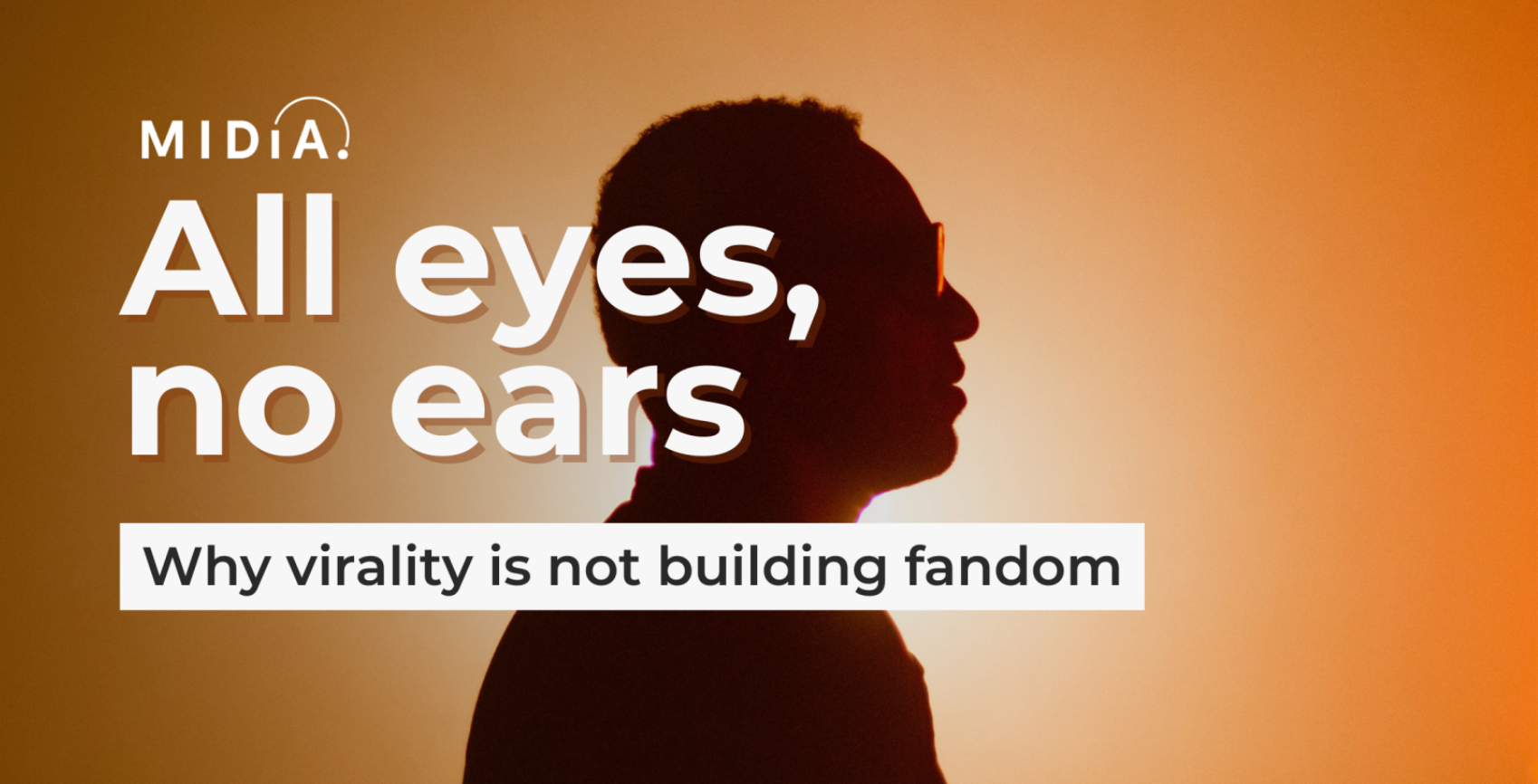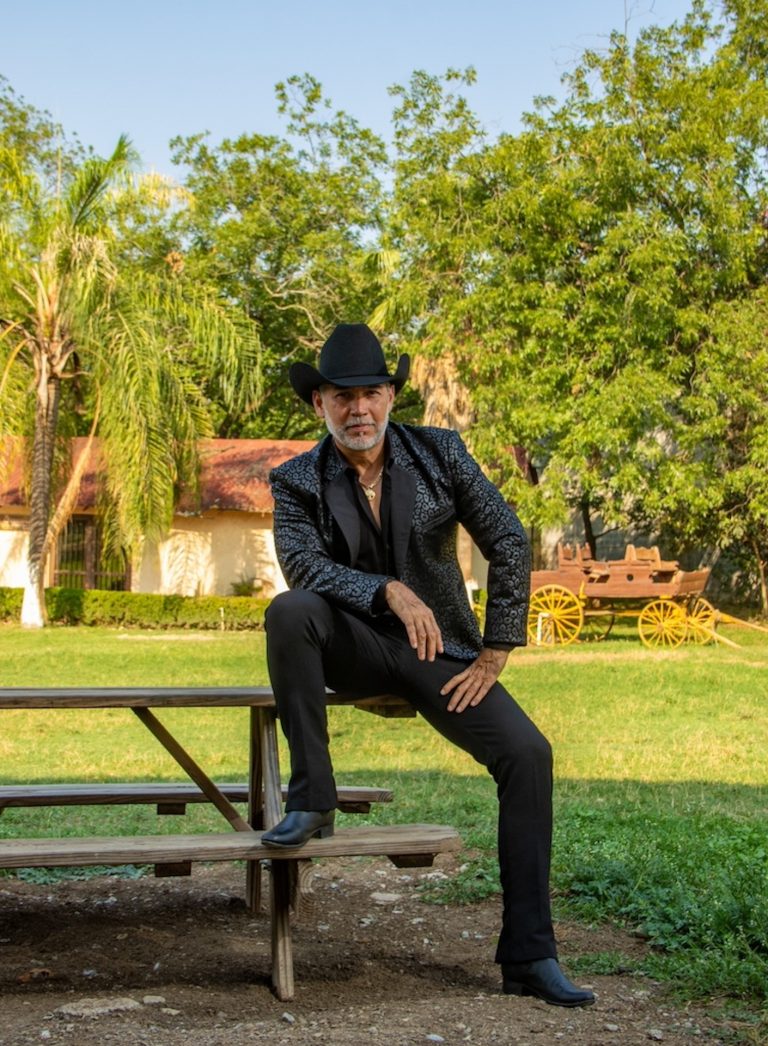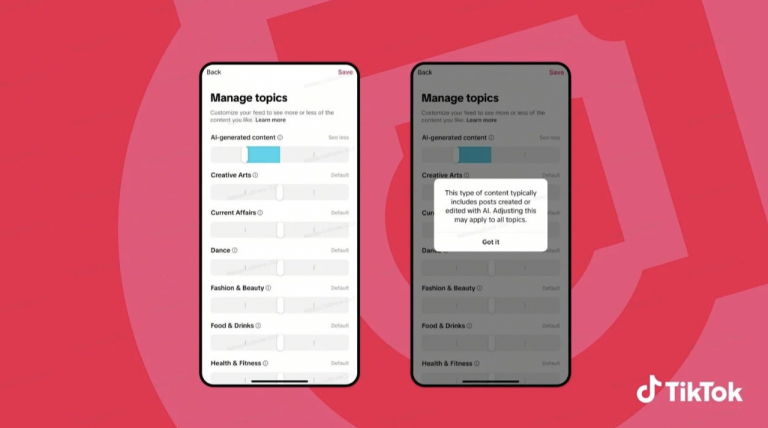
Credit: Midia
The issue lies in conversion. Although 51% of 16-24s use TikTok as a main source for new music, simple exposure is not translating into deeper engagement. The report shows that younger consumers are significantly less likely than 25-34-year-olds to take key actions after hearing a song, such as saving it on a streaming platform, looking up the artist, or truly becoming a fan. The song-to-artist discovery link is the weakest: only 19% of 16-24s who discovered a new artist they loved in the past year went on to listen to more of that artist’s music.
This phenomenon is fueled by the nature of social platforms, which are incentivized to keep users scrolling within the app rather than pushing them toward dedicated streaming platforms. Features designed to bridge this gap, like TikTok’s “add to music app” button, are losing impact; only 31% of 16-24-year-olds have ever used it, compared to 36% of the 25-34 cohort. For many young listeners, the short clip on social media is enough, making the leap to full song—and artist—discovery feel unnecessary.
The desire for new music isn’t dead—55% of 16-24-year-olds are still interested in finding new sounds. The problem, as MIDiA notes, is the method of discovery, not the music itself. The core message for artists and labels is clear: shift the focus from chasing widespread song virality to cultivating fandom from the beginning. By introducing the listener to the artist’s catalogue and artistic identity at the point of discovery, creators can forge deeper connections that translate into engagement across streaming and real-life experiences. Fixing this broken cycle is key to ensuring that viral hits lead to long-term, sustainable careers.








